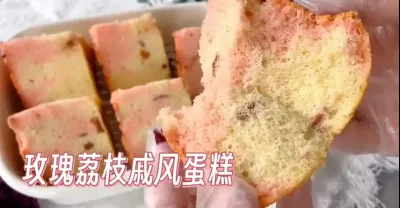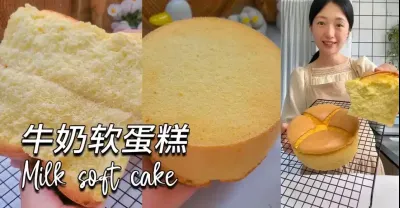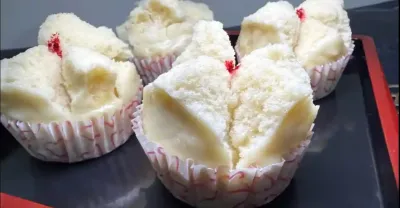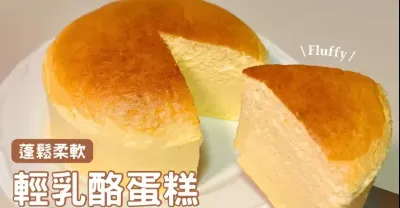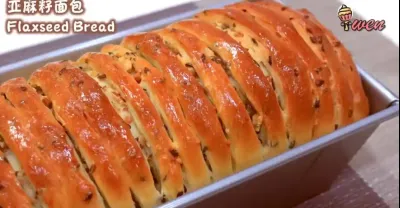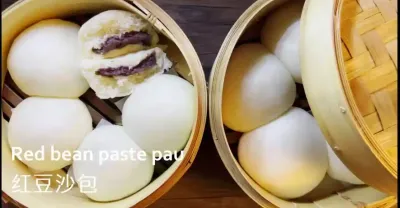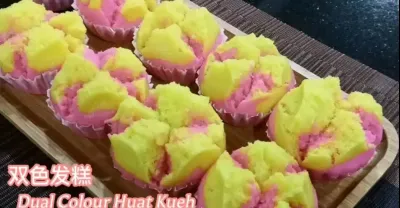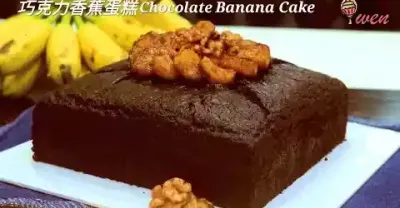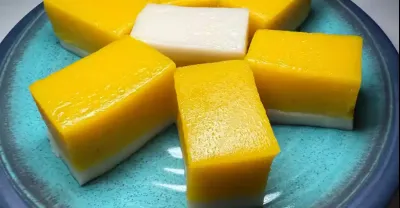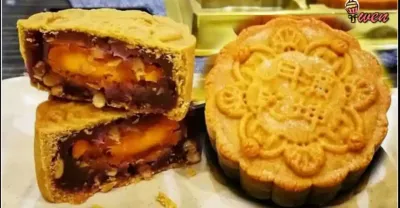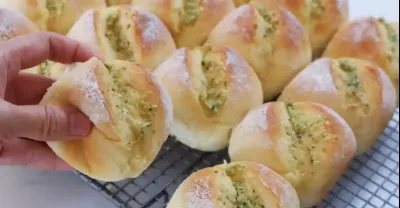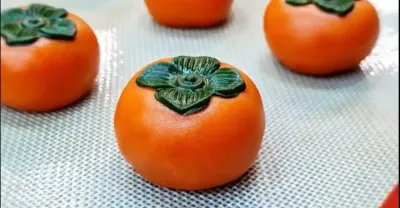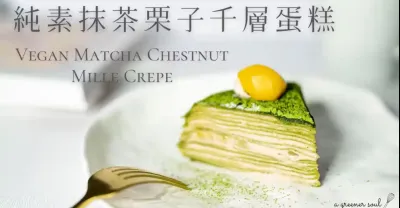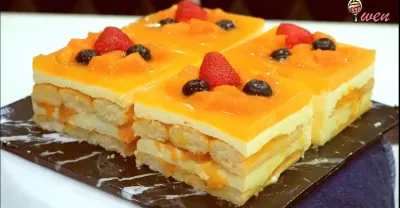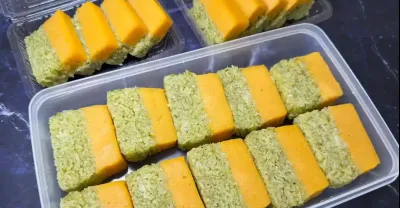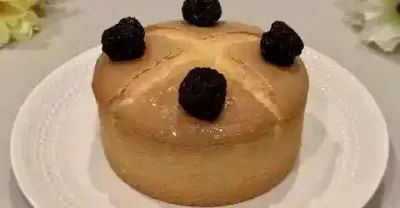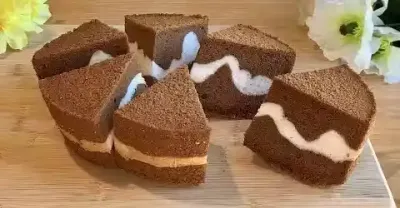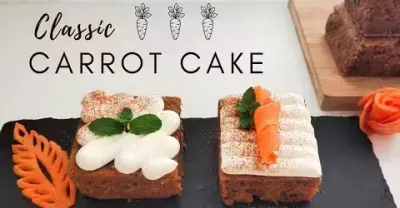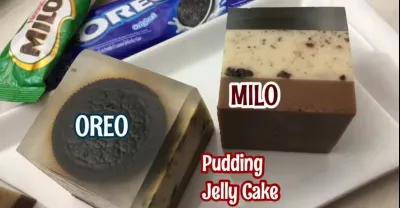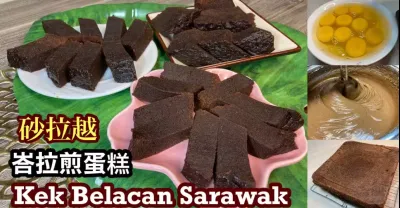Hurricane Chiffon Cake Recipe雙色颶風戚風蛋糕食譜,劃線烙印戚風,雙口味,蓬鬆暄軟,Slit Hot Stamp Chiffon Cake,Soft Fluffy
 洪文強 20 反饋
洪文強 20 反饋This cake is a showstopper – a beautiful, airy chiffon cake boasting a striking two-tone design and a delicate, embossed pattern. The recipe focuses on achieving that signature chiffon cake texture: incredibly light, fluffy, and unbelievably soft. The key lies in careful incorporation of the egg whites, a gentle folding technique, and a properly greased pan.
Let's begin with the ingredients. You'll need a good quality cake flour, granulated sugar, vegetable oil, eggs (separated, of course!), baking powder, and a splash of vanilla extract. For the two-tone effect, we』ll use two different food colorings - a vibrant pink and a classic white, though you can get creative with any color combination that appeals to you.
The process starts with the yolk batter. Combine the egg yolks, a portion of the sugar, oil, vanilla, and flour in a bowl. Whisk until smooth and well combined. This provides the moisture and richness of the cake.
Next comes the star: the egg whites. This is where precision is crucial. Beat the egg whites with a pinch of cream of tartar (or a few drops of lemon juice) until stiff, glossy peaks form. Gradually add the remaining sugar while continuing to beat. The meringue is the heart of the chiffon cake's airy texture.
Now, for the magic. Gently fold a spoonful of the meringue into the yolk batter to lighten it. Then, carefully fold the remaining meringue into the yolk mixture in two additions, being mindful not to deflate the egg whites. The goal is to incorporate the meringue without overmixing – you want to retain as much air as possible.
Divide the batter in half. Color one half pink (or your chosen color) and leave the other half white. Pour the white batter into the greased (and very important: lightly oiled and floured) chiffon cake pan. Then, carefully spoon dollops of the pink batter on top, creating a marbled effect. Don't stir - you want to keep the colors distinct.
Bake at the recommended temperature, and most importantly, do not open the oven door during baking. Chiffon cakes are delicate and can collapse if the temperature fluctuates.
Once baked, invert the pan immediately and allow the cake to cool completely upside down. This is essential for preventing the cake from collapsing. When cool, you can gently release the cake from the pan.
Finally, the slit hot stamp. This detail elevates the cake to a truly special treat. Gently use a warm iron (lined with a thin cloth, of course!) and a patterned foil to create an embossed design on the cake’s surface. This creates a beautiful, textural element that complements the soft, fluffy interior.
The result? A visually stunning and utterly delicious chiffon cake – light, airy, double-flavored, and adorned with an elegant embossed pattern. Enjoy!
 強壯人 26
強壯人 26 強壯人 57
強壯人 57 強壯人 347
強壯人 347 省電俠 529
省電俠 529 黎倩昌 17
黎倩昌 17 強壯人 14
強壯人 14 省電俠 425
省電俠 425 喬君錦 41
喬君錦 41 洪文強 33
洪文強 33 洪文強 35
洪文強 35 喬君錦 0
喬君錦 0 喬君錦 12
喬君錦 12 省電俠 • 420次觀看
省電俠 • 420次觀看 省電俠 • 960次觀看
省電俠 • 960次觀看 洪文強 • 400次觀看
洪文強 • 400次觀看

